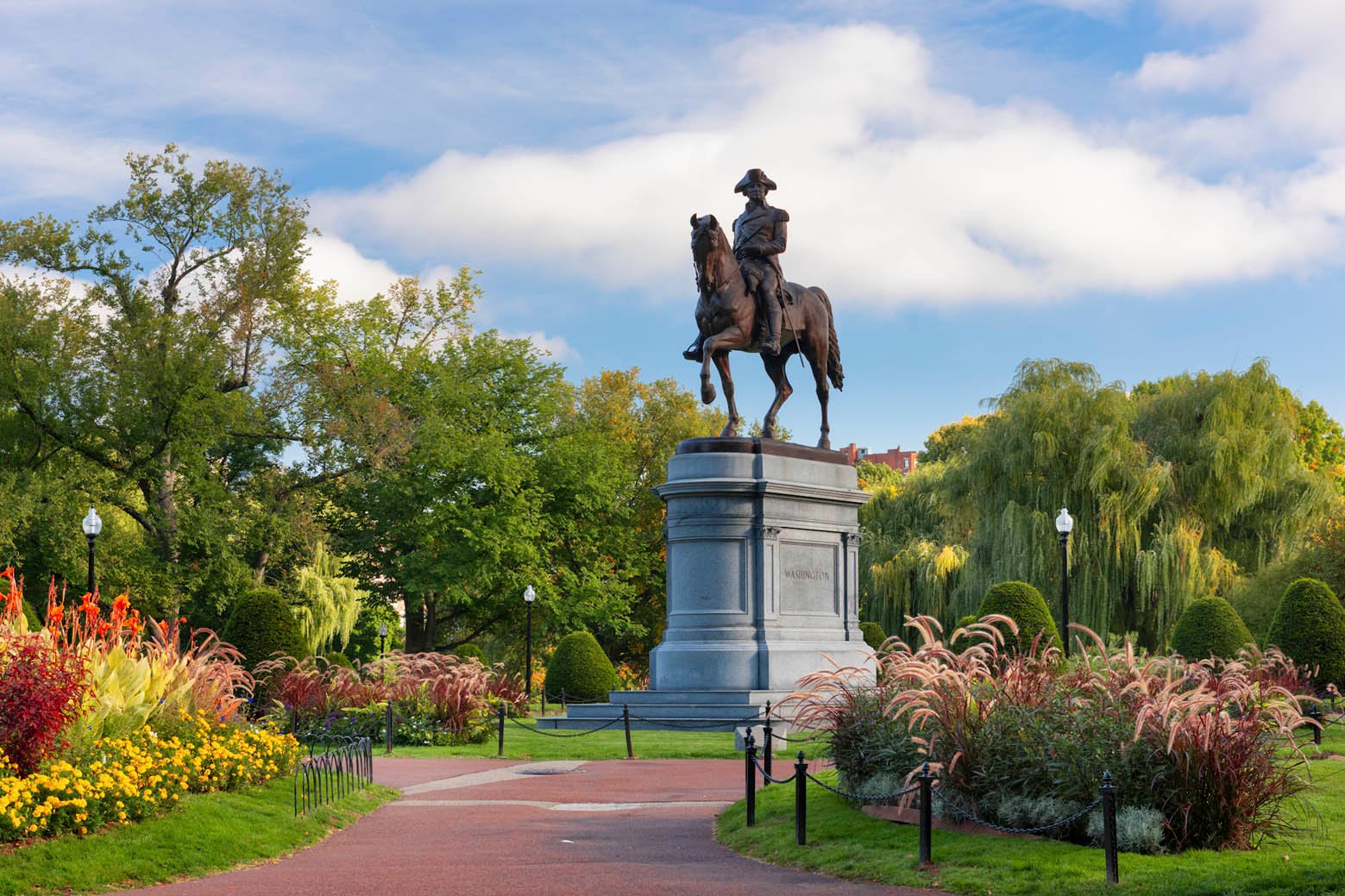

Boston: The Freedom Trail
Repase, en el centro de Boston, siglos de lucha por la libertad. Copa Airlines reconecta Boston con el Hub de las Américas, en Panamá, a partir del 11 de julio.
By: Juan Abelardo Carles Rosas
Photos: Shutterstock
Old parks have their charm: they are early attempts to deliver the pleasures of nature to the city. One sees well preserved greenery, designed, contained, and streamlined, in the gardens of Versailles, near Paris in Aranjuez, near Madrid; and, in this case, in the Boston Common, in the North American city of the same name. Appearing in the city´s historical documents since 1634, the Boston Common is known as the oldest public park in the United States, though it was originally used for grazing cattle, as a military encampment, and for public executions. In 1830 the mayor at the time prohibited cattle grazing on the premises, preserving the land exclusively for the solace of Bostonians.
The difference between this park and its contemporaries is that the other parks were created for the delight of kings, nobles, and courtesans; the Boston Commons was designed for the comfort of the carpenter, the artisan, the fisherman, and the merchant. It was intended to redeem the common man and woman in the face of the sinecure of absolute power. Boston is so full of significant historical sites that years ago, city authorities designed a tour of the most relevant ones: the red brick Freedom Trail guides visitors to these sites. With the red bricks and the city’s excellent signs, walking the Freedom Trail is so easy that there is no way a tourist could get lost.
The Freedom Trail officially begins at the Boston Common and, because the bricks aren’t going anywhere, we can do a kind of pre-tour of the whole park. We encounter the Bandstand, a sort of gazebo in neoclassic style standing where the cattle once drank their water; the Frog Pond, with games and public attractions for all seasons; and the ornamental Public Garden (next to the Boston Common), created during the Victorian era.
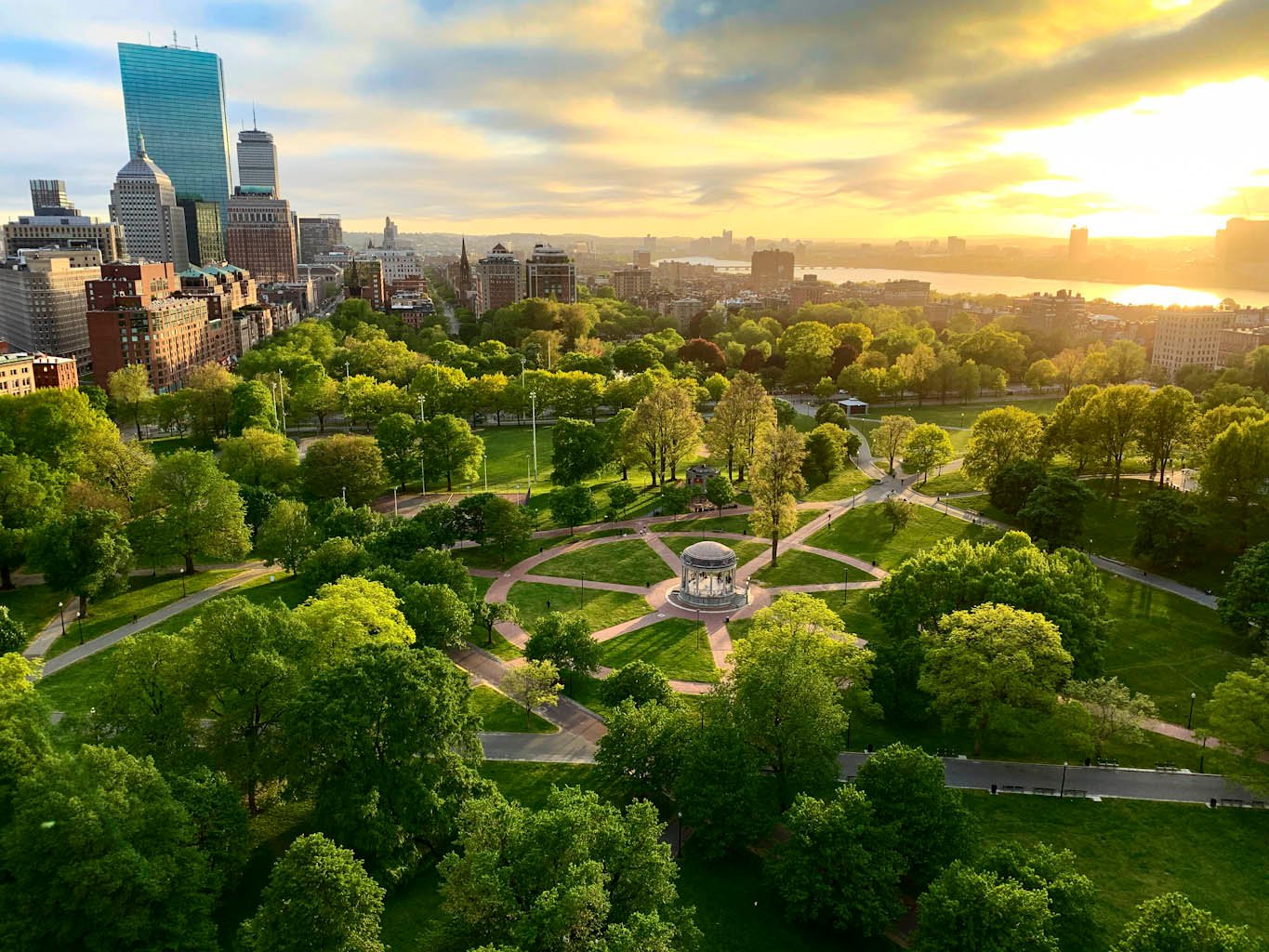
On our way to the first stop on the Freedom Trail, the Massachusetts State House, we come across a monument honoring U.S Army regiment 54, the first African-American regiment. This monument is the first site on another walk: the Black Heritage Trail, which is also worth your time. The Massachusetts State House, built in 1789, serves as headquarters for the governor, as well as the state assembly. The famous Paul Revere paid to have its dome, originally made of wood shingles, covered in copper, and later, in 1874 it was covered with twenty-three karat gold. The building is at the highest point of Beacon Hill, which was once used as a lookout point and is now home to the aristocratic Beacon Hill neighborhood.
On another day you may wish to wander Beacon Hill’s colonial streets, which are lined with functional colonial streetlights, flanked by romantic looking facades featuring the most unique doors you can imagine. But let´s not lose our way, it’s time for the third site on the Freedom Trail: Park Street Church. Built in 1809, for decades it was the highest building in the city, and the first sight seen by sailors approaching the Boston port. The church sent a much stronger signal across the nation, farther than the eyes could see, when abolitionist William Lloyd Garrison delivered the first anti-slavery address on July 4, 1829.
Let´s leave Park Street and take Tremont to one of the nation´s most important historic cemeteries and the third oldest cemetery in the city: Granary Burying Ground. The thousands of gravestones appear to me like miniature villages. Authorities indicate that there are close to 3,000 funerary monuments, though it is estimated that up to 10,000 people found their final resting place here amongst distinguished personalities such as the parents of Benjamin Franklin and Paul Revere. The cemetery also includes the nearby-by King’s Chapel Burying Ground, which is even older than Granary and counts Mary Chilton among its late illustrious personalities; Chilton was the first woman to get off the Mayflower when it hit the coast of Massachusetts in 1620. The Bostonian tradition of freedom had its exceptions. Close to the King’s Chapel Burying Ground is Kings Chapel, which is, indeed, the cemetery’s namesake. It dates back to 1688, and its beginnings were not auspicious; the British governor was looking for land on which to build a more ecumenical church for those who were not members of the city’s founding puritanical majority. Many puritans emigrated from England after suffering persecution by the crown and the official Anglican Church and found a place to prosper in New England; they didn’t appreciate providing a space for their old nemesis. In the end, the governor accepted a less attractive parcel of land, next to the cemetery that now bears its name, for religious services to the members of the garrison, their families, and the non-puritan minority of Boston. Although the first version of the church attempted to imitate a traditional British countryside chapel, the current structure was built in 1754 in a more neoclassical style.


We are now on School Street, which honors the first public school, established in 1635, in what would later become the United States of America. Though it was called the Latin School, the name obviously has no ties to Latin America; the curriculum was delivered in Latin, as was customary in educational institutions of the time. The site where the school stood is honored with a plaque, easily seen behind a statue of Benjamin Franklin, who studied there but never graduated. In 1638, the school inherited John Harvard’s extensive library and half of his estate. Harvard was one of the Latin School’s most enthusiastic benefactors. The institution moved across the Charles River, and changed its name to Harvard College, later known as Harvard University.
The academic focus continues at our next stop, The Old Corner Bookstore. Built in 1711 as an apothecary shop and then turned into a library, it also had a press that operated from 1828 to 1903. The library encouraged the first efforts of the young country´s literati, gathering and printing the works of Henry Wadsworth Longfellow, Harriet Beecher Stowe, Nathaniel Hawthorne, Ralph Waldo Emerson, John Greenleaf Whittier, Oliver Wendell Holmes Sr., Charles Dickens, and Louisa May Alcott. Although the desire for freedom is innate in human beings, regardless of their educational background, the intellectual traditions evident in places like the Latin School and The Old Corner Bookstore played an integral role in maturation of this yearning in Bostonians. In The Old South Meeting House, our next stop, the city’s yearning for freedom was put into action when Samuel Adams used incendiary discourse to call upon his fellow citizens to rebel against royal British authority.
A group of Bostonians dressed as Indians and left the Old South Meeting House for the port, leading to the famous Boston Tea Party on December 17, 1773. The museum devoted to this event, which was a preamble to United States Revolutionary War, is located on the Congress Street Bridge. It is not part of the trail but it is still worth a visit; it features an appealing performance with state of the art audiovisuals re-enacting the event that triggered the armed conflict between Great Britain and the thirteen colonies.
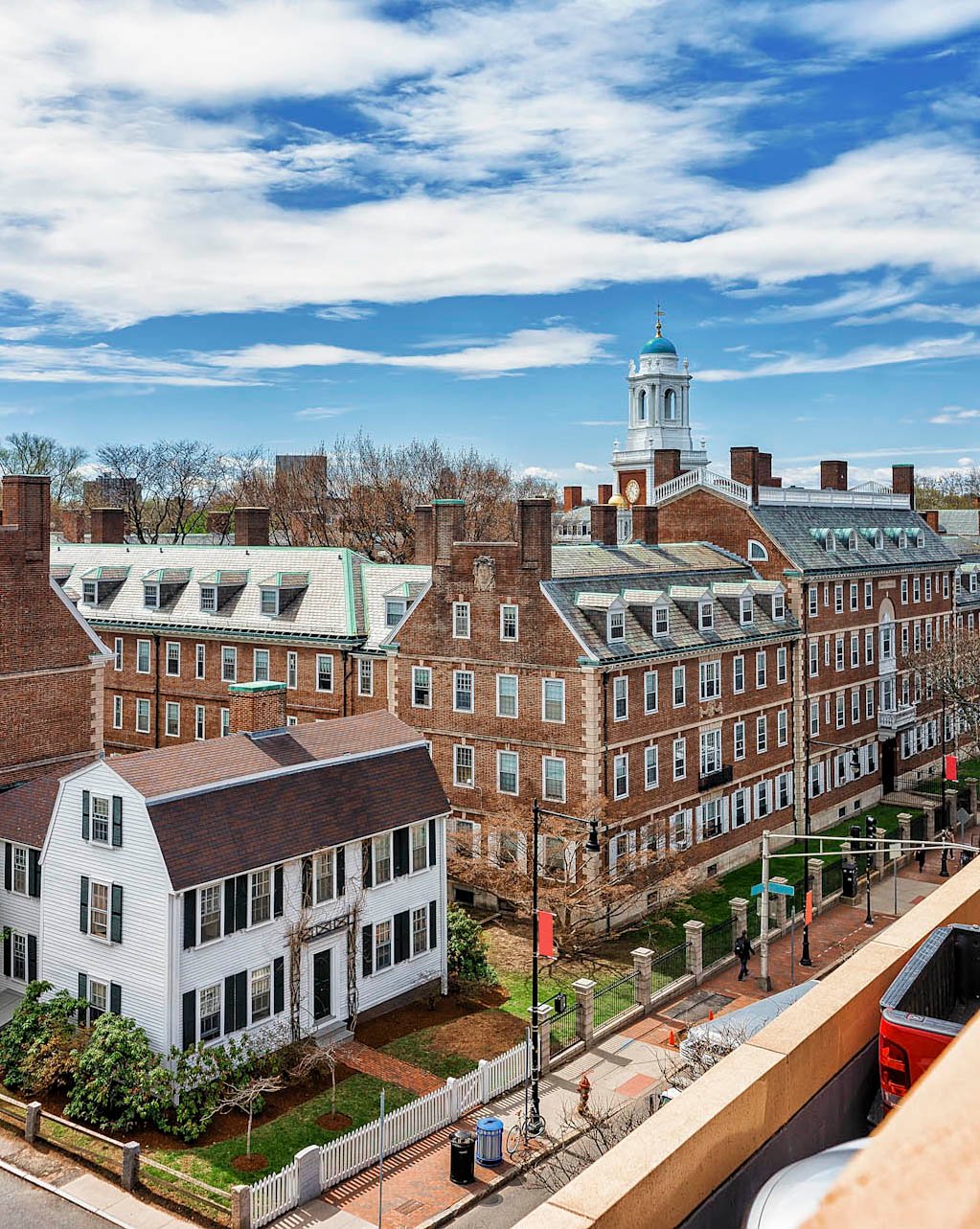

After The Old South Meeting House, the next stop is the other place that was instrumental in cultivating the desire for independence in the people of Boston: The Old State House. The façade of the Old State House features the coat of arms of the Hannover dynasty that reigned in Great Britain during the time of Independence. In front of this building, red cassocks opened fire on a crowd protesting abuse from the royals; this event became known as the famous Boston Massacre of March 5, 1770. In some ways, the bloody confrontation was redeemed six years later when, from the balcony of this same building, the United States Declaration of Independence was read on July 18, 1776 (delegates of the thirteen colonies had signed it on July 4). Aside from its historical value, this building is one of the country´s best preserved North American colonial structures.
Although Faneuil Hall, the next site on the trail, was also crucial to the fight for freedom, the current building dates back to 1805, when it replaced an earlier structure that was destroyed by fire. The original Faneuil Hall, built in 1742 by one of the most respected businessmen of the city, housed some of the most important commercial houses of the port (a kind of proto-mall). In 1764 the first protest against royal taxation (on sugar and postage stamps) took place here. Today, Faneuil Hall harbors a few small shops and public offices and every year three to five hundred new US citizens come here to be sworn in.
Up to this point on the Freedom Trail, the stops have been relatively close together, but the next few are some distance apart; I suggest a lunch break. Fortunately, near Faneuil Hall, at 41 Union St is Union Oyster House. Founded in 1826, Union Oyster House claims to be the oldest operating restaurant in the country. They also claim to have invented clam chowder, a traditional dish in Massachusetts (and all of New England). Some people argue that the thick, comforting stew originated elsewhere. Let them argue, but do try every version of the stew each side offer to gain you for their side.
Once you have had your clam chowder at Union Oyster House you may want a good siesta. I am sorry to tell you that there is no time for a nap, because Paul Revere´s house waits; it is a long way from where you are and, unlike in the famous horseman’s story, you won´t have a mount to help you get there. Located at 19 North Square, this unadorned wood house, the oldest structure in the heart of Boston, was built around 1680. It was already old when Revere bought it in 1770. It is said that the 35-year-old Revere mounted his horse in front of this house and rode all the way to Lexington to alert the patriots to the proximity of the British troops. Keep walking; the tour stops are farther apart here but there are still a few interesting sites left. The Old North Church is at 193 Salem Street. From the steeple of this church, patriots were alerted, via an ingenious lantern code, to the movements of the royal troops closing in on them on the night of April 18, 1775.
I could suggest a visit to the Copp’s Hill Burying Ground gravestones, but you are almost at the end of the journey and you must be barely standing on your feet, so just wave to the dearly departed and continue on, with whatever strength you can muster, to the pier where the Constitution is berthed. You must cross the Charlestown Bridge to get there. This is the US Navy´s oldest vessel still in service; it was nicknamed Old Ironsides during the War of 1812 when British enemy mortars bounced off its hull like grape seeds.
Now go up Adams Street. Perhaps you can already see the obelisk over the old rooftops of traditional historical Charlestown mansions. The monolith, in the center of Bunker Hill, honors the June 17, 1775 Battle of Bunker Hill. Today the peninsula is populated and developed but in 1775 there were many open spaces on these hills. The battle took place on Breed Hill which, after the Bunker Hill battle, was a pyrrhic victory for the British: it is considered the beginning of the end for the British forces attempting to squelch the rebellion in the thirteen colonies.
Bunker Hill is also the end or our tour. Few itineraries in the United States offer such a wealth of historical information, seasoned with so many wonderful in situ anecdotes. The Freedom Trail forms the ethical and moral backbone of the Bostonian identity; it must be followed, at least partially, if you truly wish to understand the free, inclusive, unified, and tolerant spirit nestled in the heart of the city’s citizens.
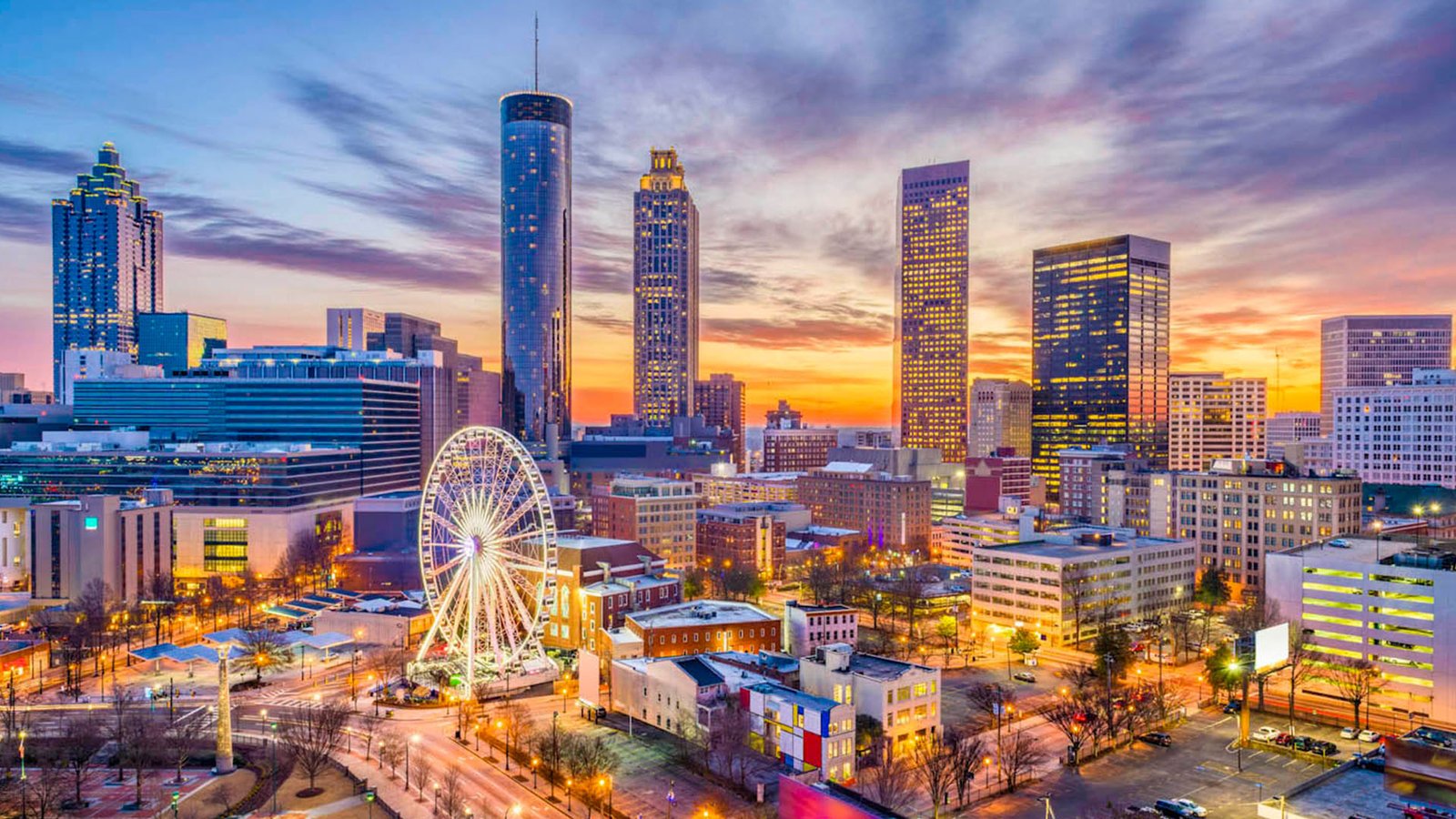
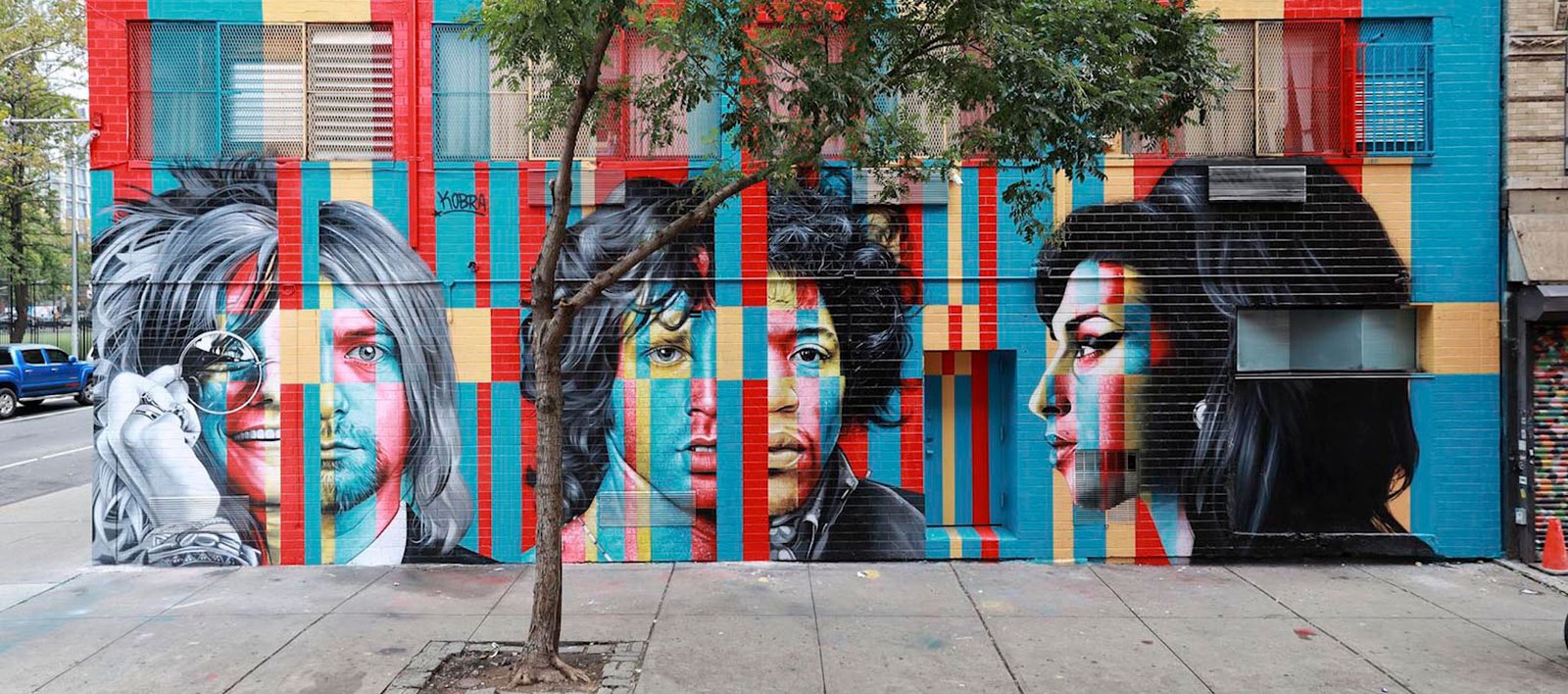
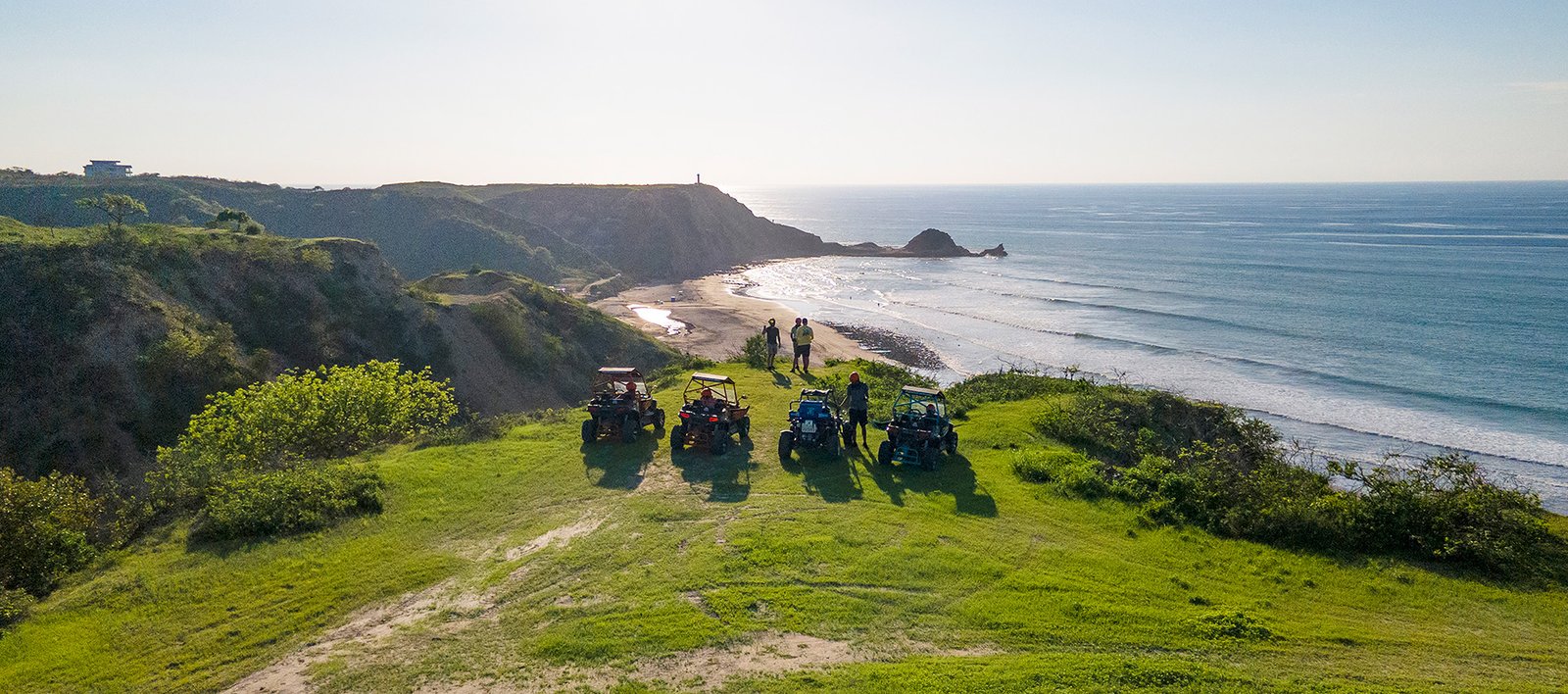
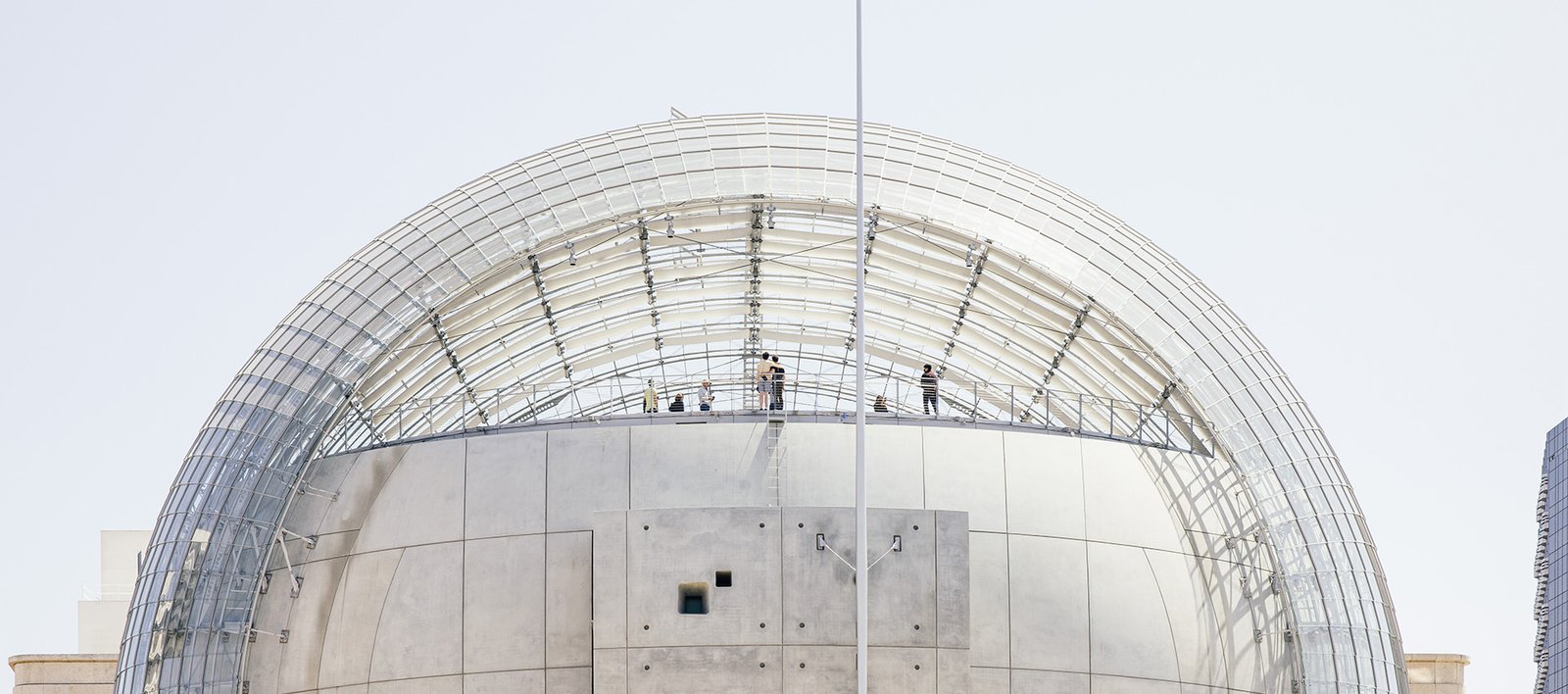
Leave a Reply